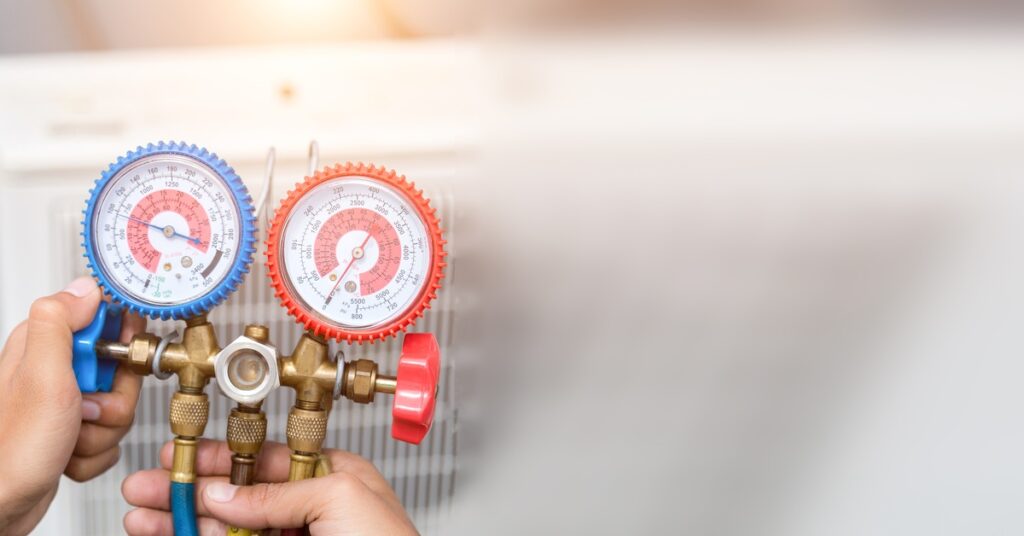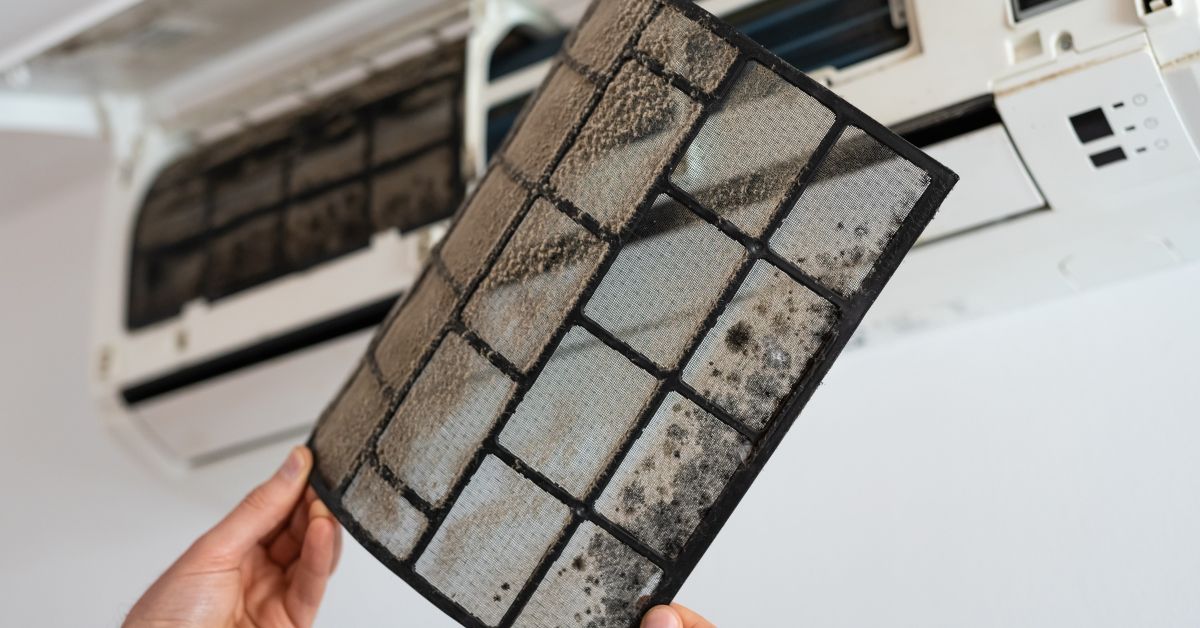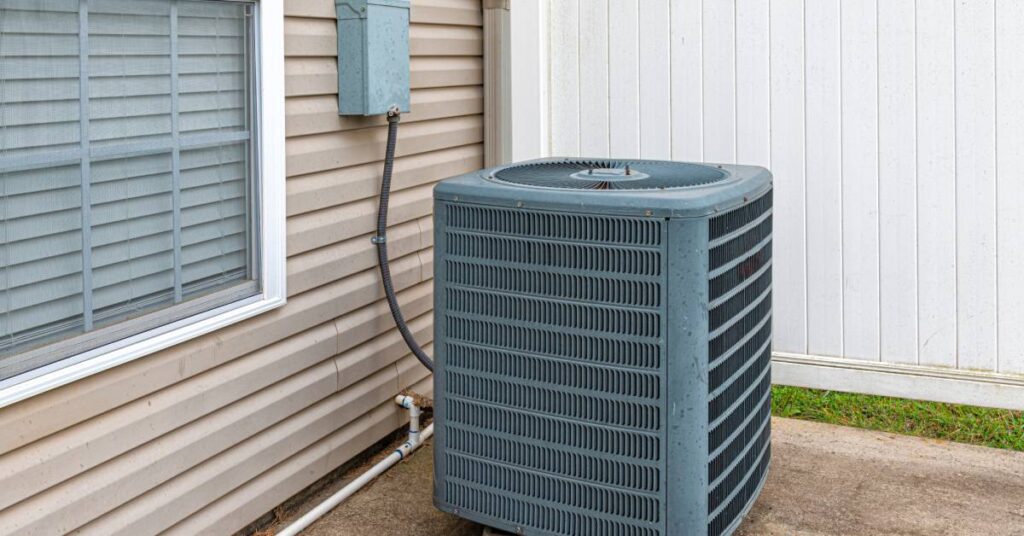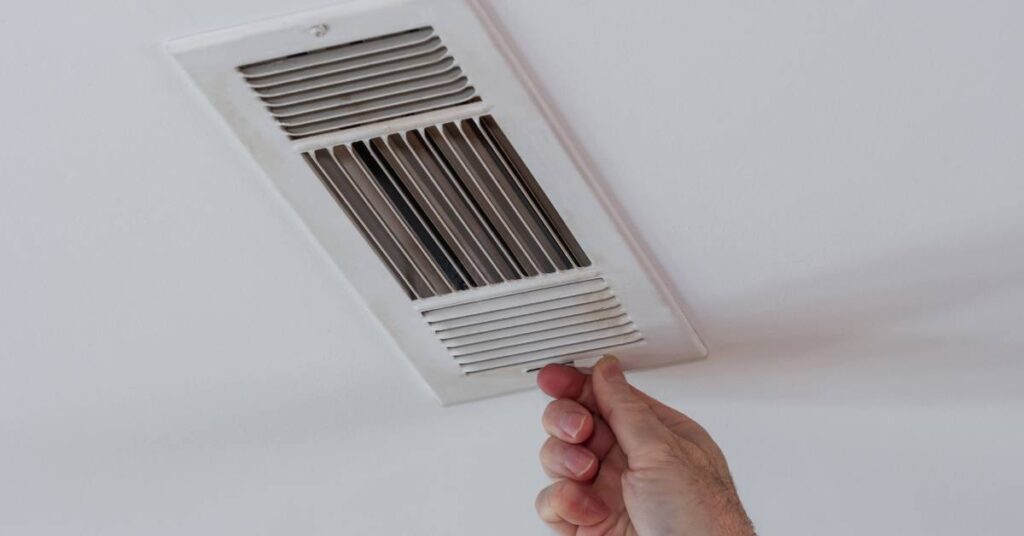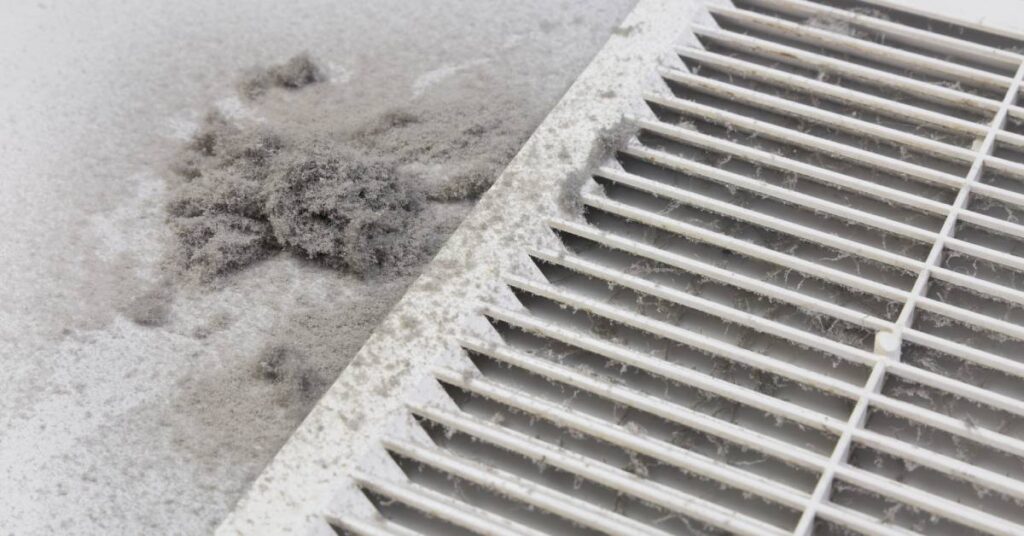Maintaining a comfortable temperature across every floor of a multistory home takes effort, especially for Philadelphia homeowners, who deal with seasonal climate changes. Uneven room temperatures can lead to discomfort, higher energy bills, and inefficient HVAC performance. Learn why your multistory home has uneven heating and cooling and effective ways to resolve this issue.
The Role of Heat Rising (Natural Convection)
Heat naturally rises, a principle known as convection, which significantly impacts temperature variations in multistory homes. Warmer air accumulates on upper floors, leaving lower floors cooler during winter and upper floors overly warm in the summer.
This phenomenon causes persistent discomfort and forces your HVAC system to work harder to maintain balance. For example, with high heating output, upstairs bedrooms may feel stifling while the downstairs living areas remain chilly. Understanding natural heat movement is essential for balancing temperatures across all floors.
Insulation Gaps and Deficiencies
Insulation is critical in maintaining consistent indoor temperatures, and deficiencies lead to considerable heat loss or gain in your home. Areas like attics, walls, and crawl spaces are common culprits for insulation inadequacies, allowing air to escape and making it harder to maintain comfortable temperatures.
Poor insulation often results in uneven heating, with some areas feeling drafty and others too warm. Upgrade your home’s insulation, particularly in problem areas, to drastically improve energy efficiency. A professional insulation assessment by W.F. Smith will pinpoint gaps or weaknesses in coverage.

Air Leakage and Drafty Spaces
Drafts caused by air leaks around windows, doors, and other openings in your home disrupt temperature consistency. These leaks allow conditioned air to escape and outdoor air to infiltrate, leading to cold patches in winter and hot spots in summer.
Identify leaks with simple tests, such as feeling for drafts around frames or using a candle to see if the flame wavers near gaps. Sealing these spaces with weatherstripping or caulking is an easy and effective solution. Address air leaks to reduce temperature imbalances while reducing wasted energy.
HVAC Design and Installation Issues
An improperly designed or poorly installed HVAC system can contribute to uneven heating and cooling. Too-small systems struggle to handle your home’s heating and cooling demands, while oversized systems cycle on and off too frequently, causing inconsistent temperatures. Ductwork issues, such as poor placement or leaks, further amplify these problems.
For example, if vents aren’t evenly distributed, rooms farthest from the heating and cooling source remain less conditioned. Rely on our experienced professionals for a thorough residential furnace installation to save time on repairs and ensure comfort. Consulting an HVAC professional to assess your system’s design helps identify these inefficiencies and suggest fixes.
Limited or Nonexistent Zoning Systems
Zoning in HVAC systems allows you to control the temperature in different areas of your home independently, making it easier to maintain balance. Homes without zoning systems typically rely on a single thermostat, which can’t accurately represent the needs of every room or floor. Without zoning, upper levels may overheat while lower levels stay cold.
Adding zoning capabilities to your system with motorized dampers and thermostats resolves these issues. These upgrades give you precise control over separate areas, providing comfort and energy savings for the entire home.
Thermostat Placement Concerns
The placement of your thermostat plays a significant role in uneven heating and cooling. Thermostats installed in areas with unusual heat or airflow, such as near windows or vents, offer inaccurate readings, leading to inefficient system adjustments.
A thermostat placed in direct sunlight might cause the HVAC to over-cool other areas of your home. Relocating your thermostat to a central, neutral location accurately reflects your home’s overall temperature.
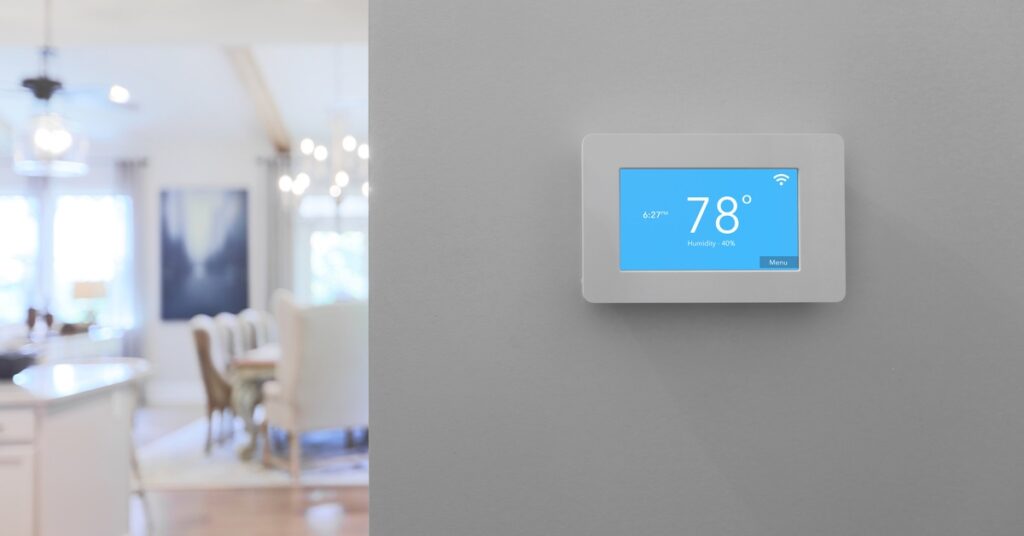
The Influence of Sunlight and Window Placement
Sunlight streaming through large windows creates hot spots in rooms exposed to direct sun, even during the colder months. Solar heat gain causes temperature imbalances, leaving areas in shadow colder and unevenly conditioned. Installing window treatments, such as reflective films, blinds, or energy-efficient curtains, can mitigate this effect.
Additionally, energy-efficient windows can regulate how much heat enters or escapes your home. Addressing window-related issues balances room temperatures, reduces strain on your HVAC system, and improves comfort.
Ventilation and Airflow Problems
Proper airflow is essential for an effective HVAC system, but blocked or closed vents, obstructions in ductwork, and dirty air filters disrupt the even distribution of air. These issues create cold spots in rooms far from the HVAC system or in front of blocked vents, resulting in uneven heating and cooling.
Regularly cleaning air filters, keeping vents open, and checking for obstructions greatly enhance airflow. Ensuring your ductwork is clean and free from leaks also maintains consistent temperatures across all areas of your home.
Ceiling Heights and Room Layouts
High ceilings and open layouts make it difficult to maintain consistent indoor temperatures. Warm air gathers at the top of vaulted ceilings, leaving lower areas colder, while open floor plans allow conditioned air to dissipate unevenly.
Ceiling fans are an excellent solution, as they circulate warm air downward in winter and cool air during summer. Area rugs and curtains add insulation to rooms with complex layouts. Thoughtful furniture placement and airflow adjustments can further enhance temperature balance.
Weather Conditions and Seasonal Changes
External weather factors, such as wind exposure and seasonal temperature shifts, exacerbate uneven heating and cooling. Homes with more wind-facing walls or certain orientations may experience greater heat loss or gain, impacting internal comfort. Rooms exposed to Philadelphia’s cold winter winds may feel draftier than others.
Add storm windows, use door sweeps, or install exterior insulation barriers to buffer outdoor influences. Tailor your HVAC system’s settings to meet seasonal needs and ensure internal temperatures remain consistent despite external variations.
Aging or Inefficient HVAC Systems
Due to worn-out components or outdated designs, older HVAC systems often struggle to maintain consistent home temperatures. These systems use significantly more energy and fail to distribute conditioned air effectively.
Check your system’s energy efficiency ratio (EER) to reveal its efficiency; units with low ratings are likely inefficient. Upgrading to a modern, energy-efficient system improves performance and reduces energy costs. Scheduling regular maintenance, replacing filters, and servicing your system ensures it continues functioning at its best.
When To Seek Professional Help
While certain adjustments are possible to make yourself, many underlying causes of uneven heating and cooling require expert evaluation. If problems persist despite your efforts, it’s time to consult a professional who specializes in HVAC systems and energy efficiency.
A certified technician from W.F. Smith can perform load calculations, check for system design flaws, and suggest upgrades tailored to your home. Early intervention resolves ongoing discomfort and prevents future system failures. Partnering with an experienced team ensures your home remains comfortable and energy-efficient in the long term.
Uneven heating and cooling in multistory homes is a frustrating problem, but with the right insights, it’s entirely manageable. Don’t face these challenges alone; reach out to our trusted HVAC professionals, who will help you create a tailored solution. Take the first step today toward a more balanced, energy-efficient home.

